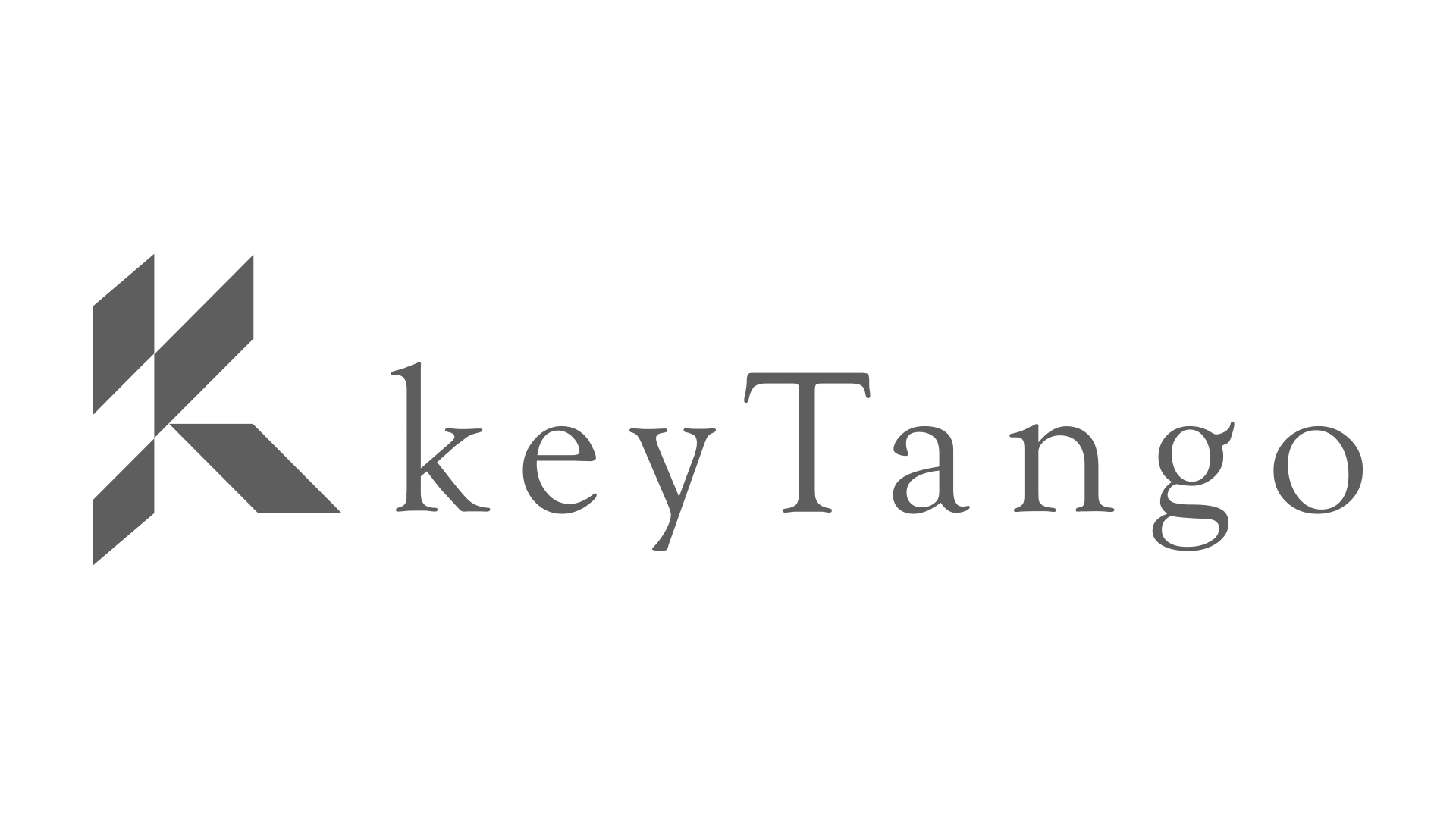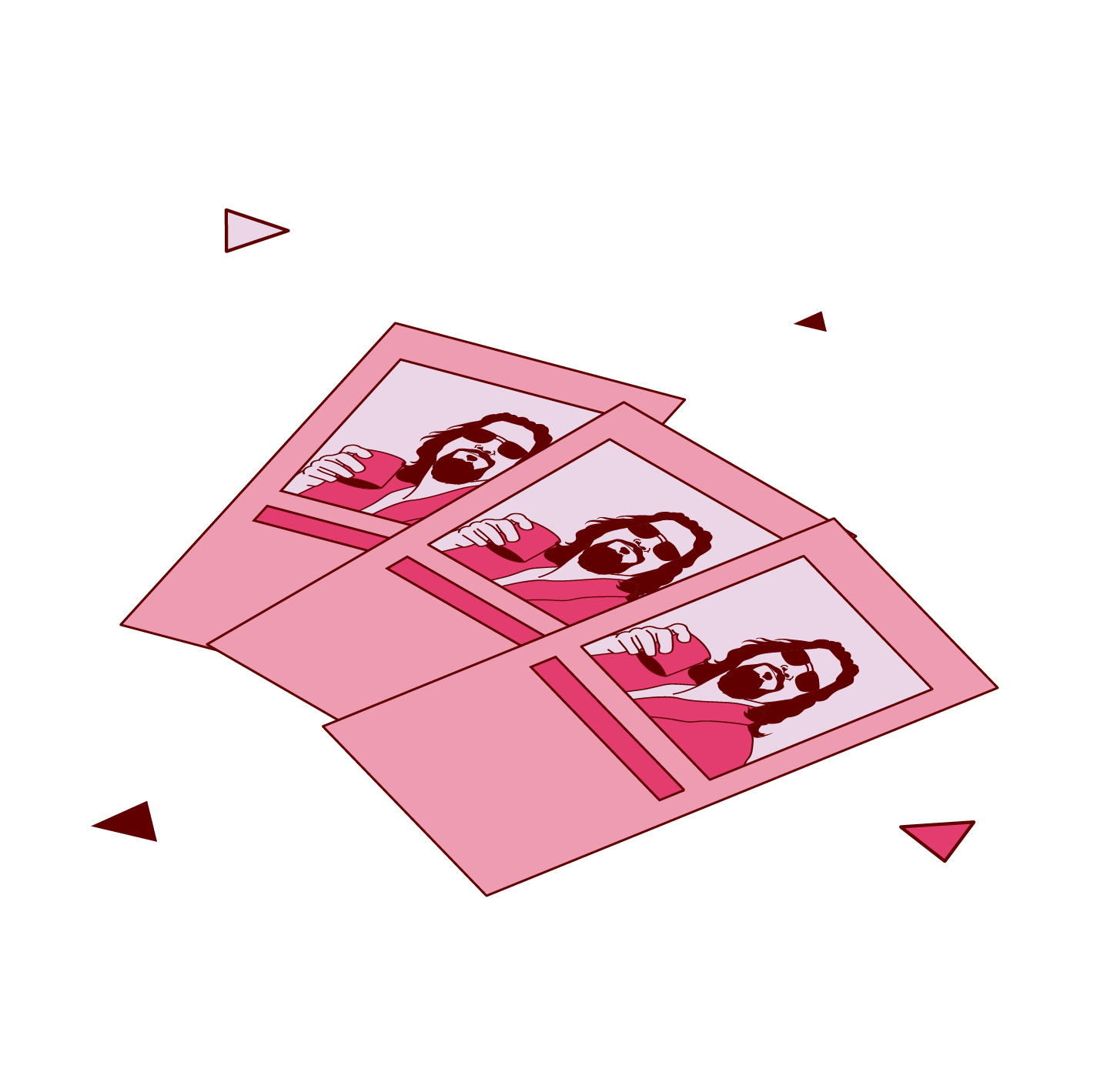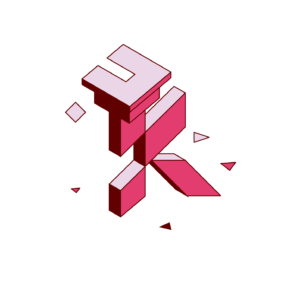NFT’s Explained
Digital items that are scarce and considered unique are called non-fungible tokens (NFTs). Unlike bitcoin, or commodities, NFT’s are not fungible – meaning one unit is not the same as another unit. NFTs can be thought of as crypto-collectibles that are not easily exchanged for one another because no two NFTs are alike. While most people associate NFT’s with digital art work, video game rewards, ownership records of physical assets and intellectual property are also part of the “NFT” segment.
NFT’s open up new possibilities for owning and transacting unique assets. Provenance, payments and sales are recorded on-chain, allowing any market participant to see past transactions and also understand the ownership structure of the NFT. New schemes for royalties, transaction fees and fractionalized ownership are all made possible with smart contract-based NFT’s.







